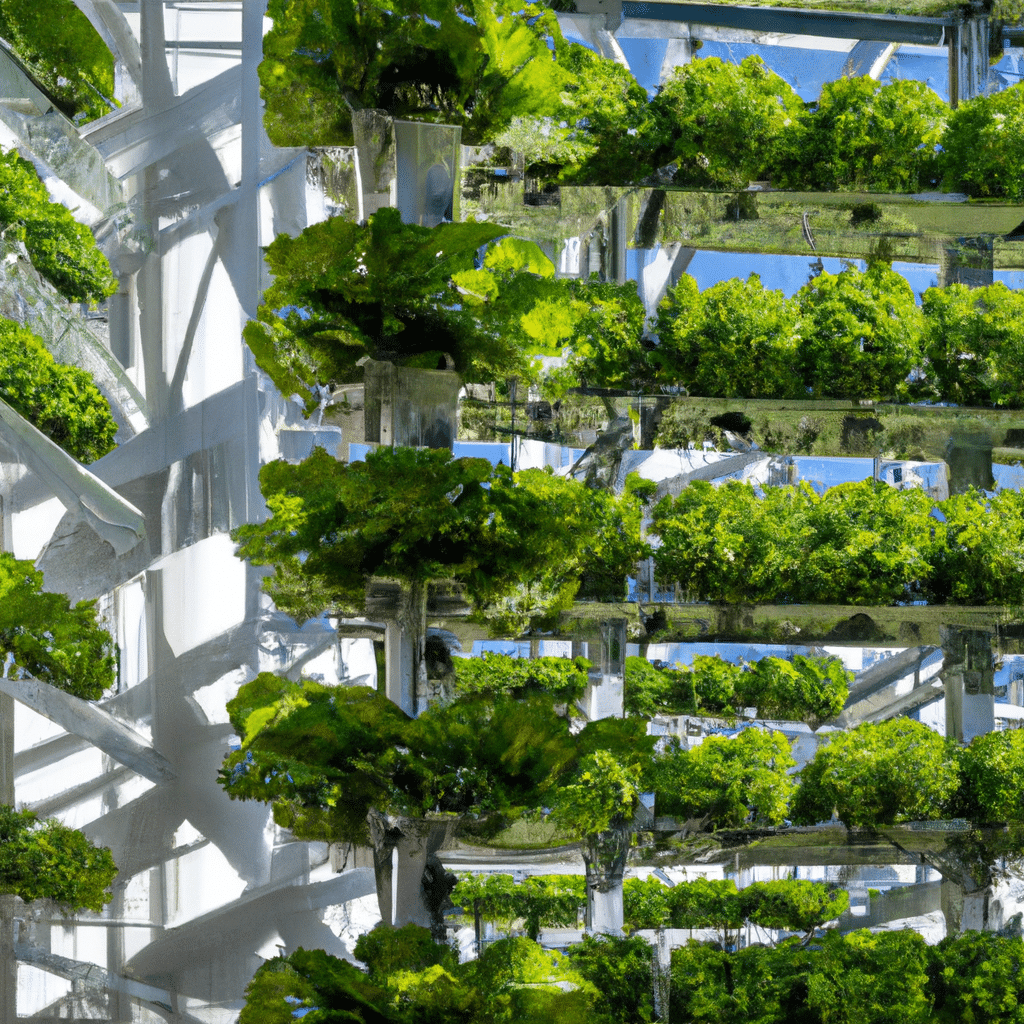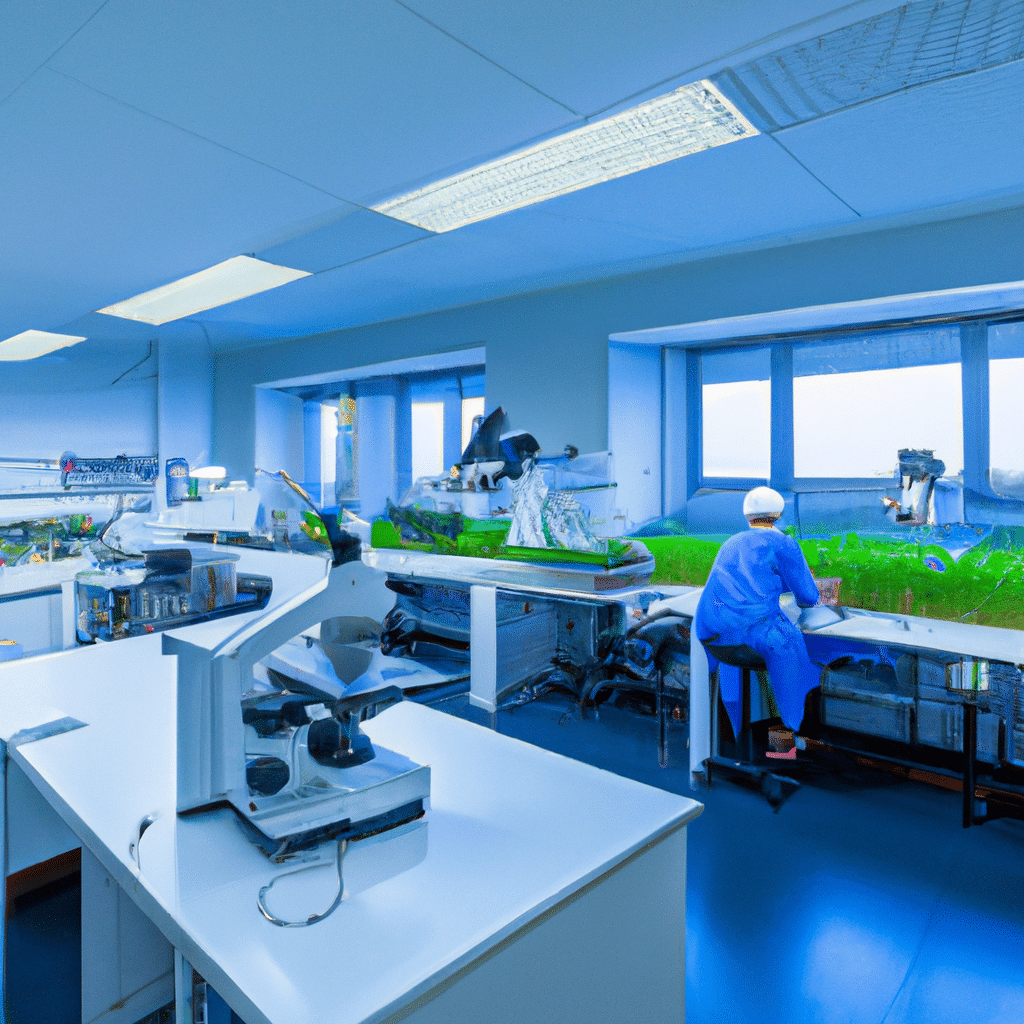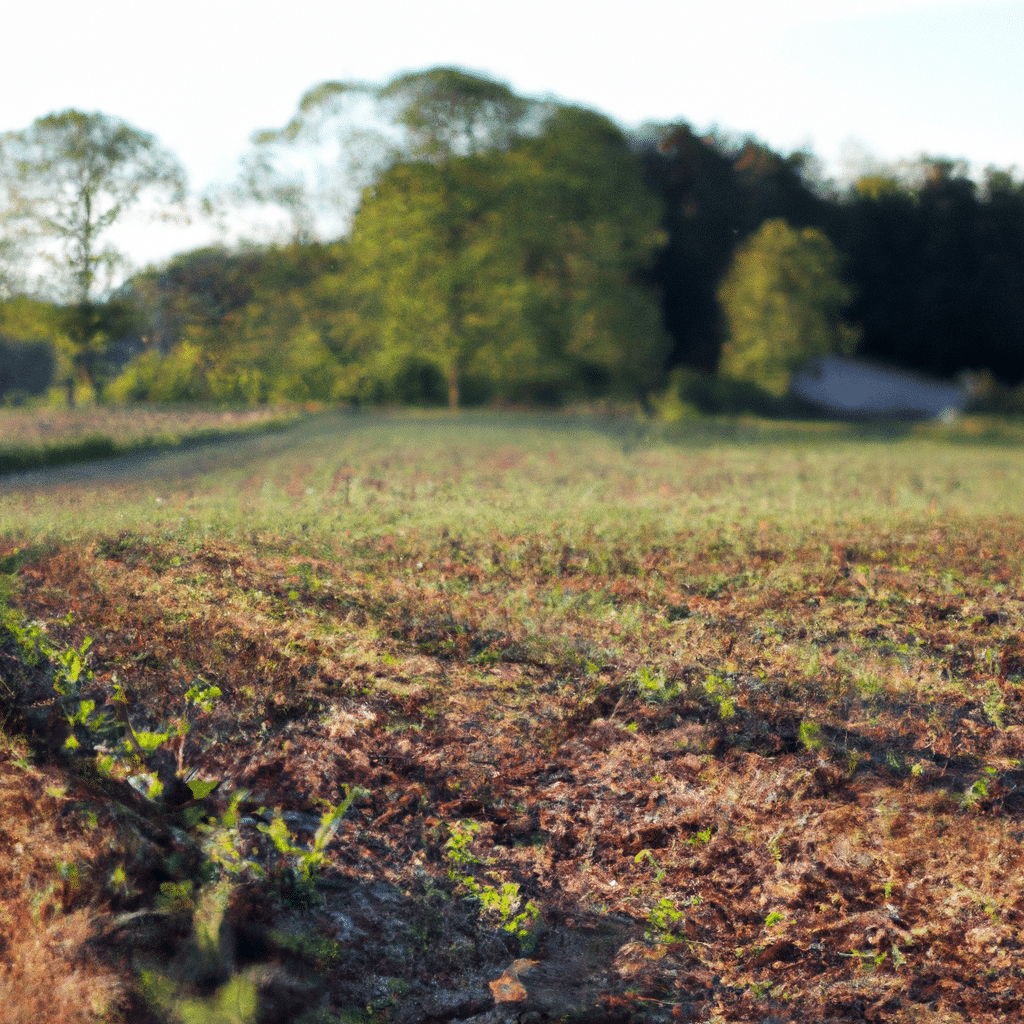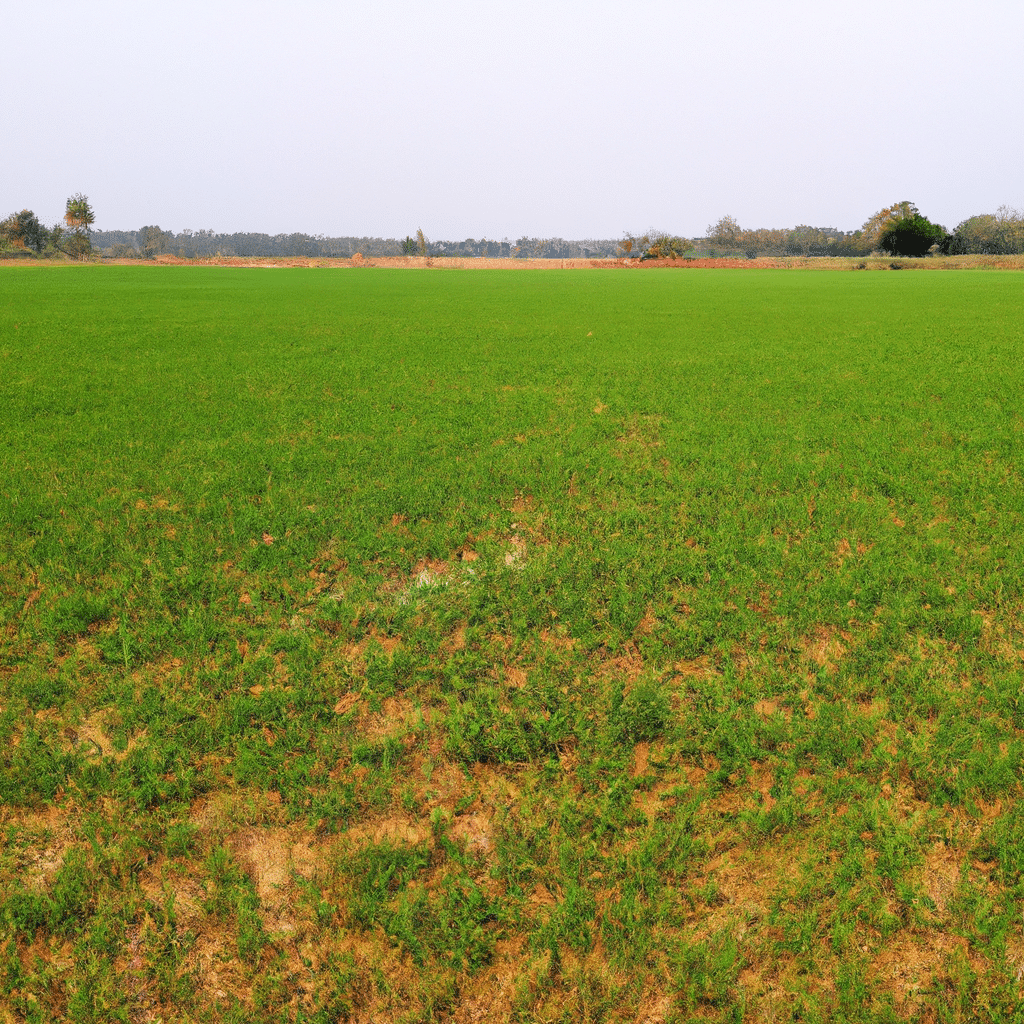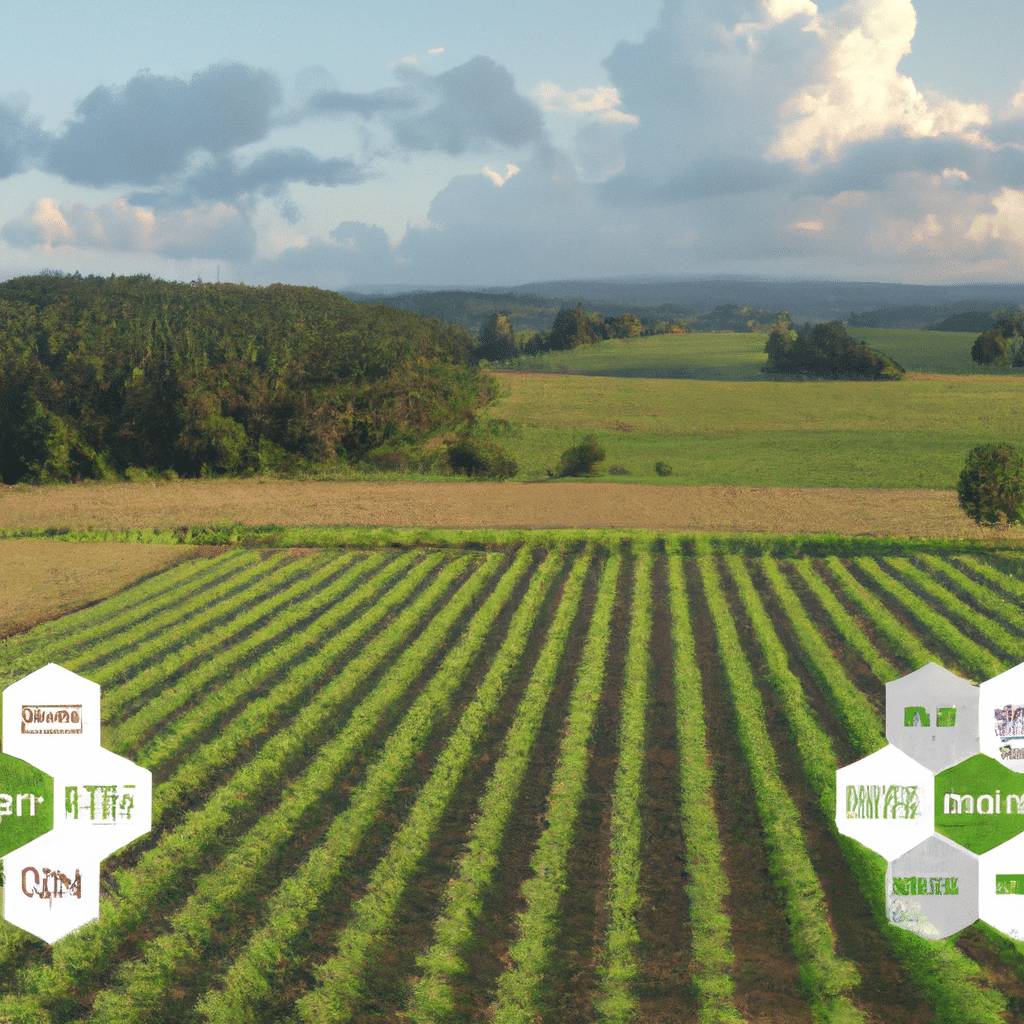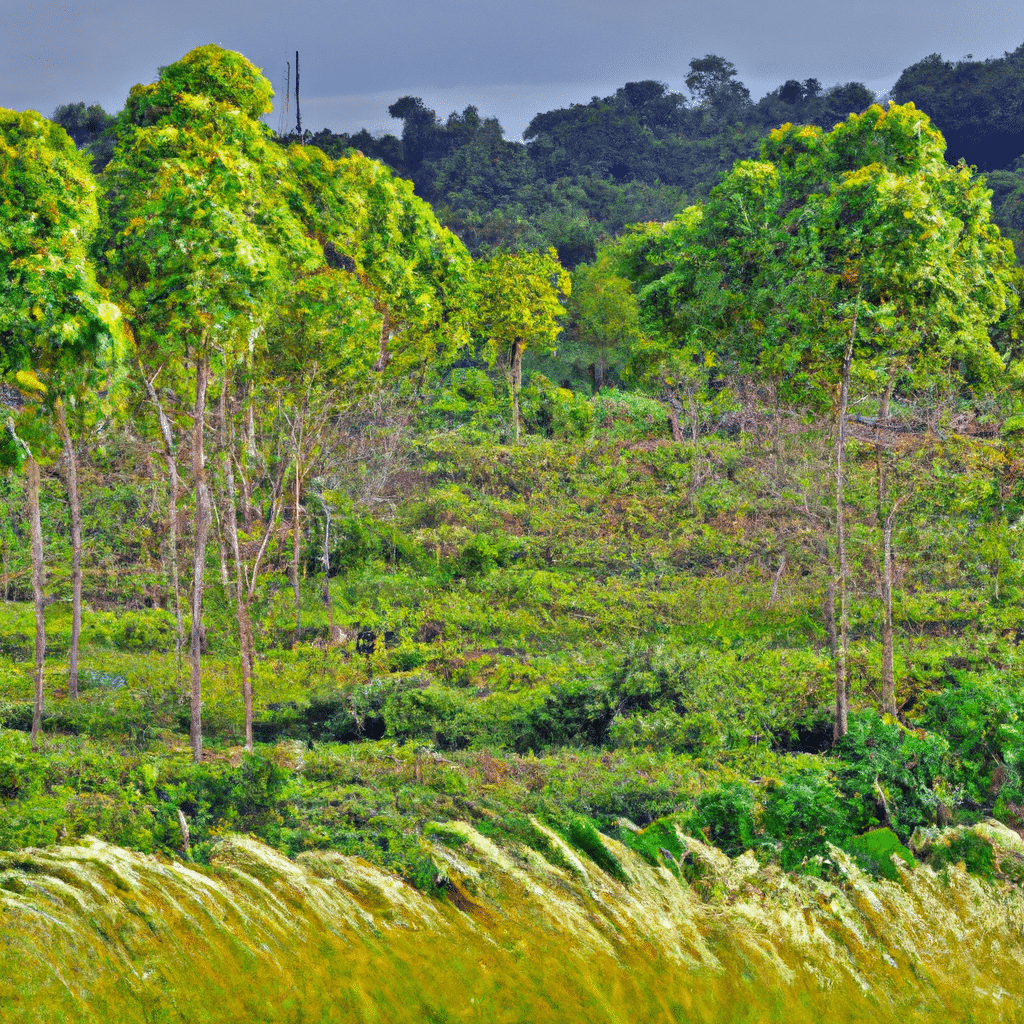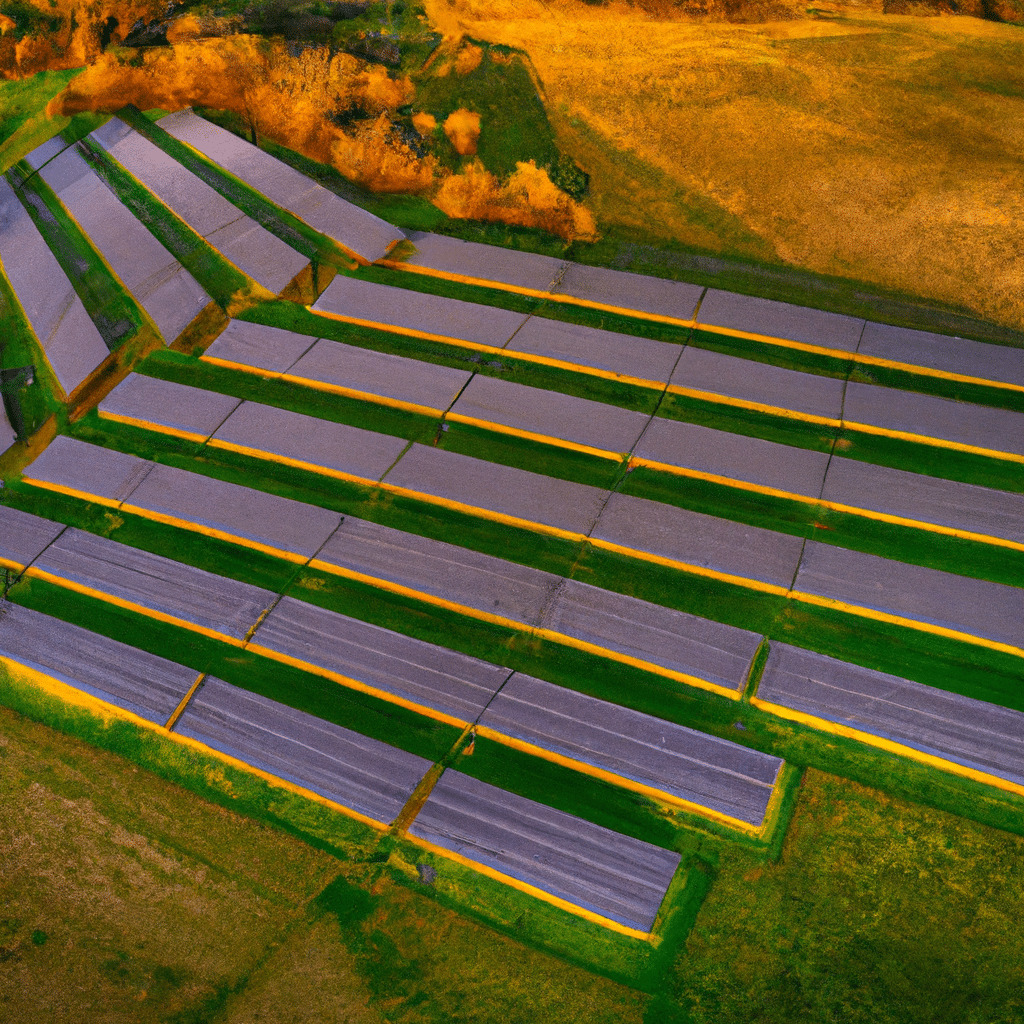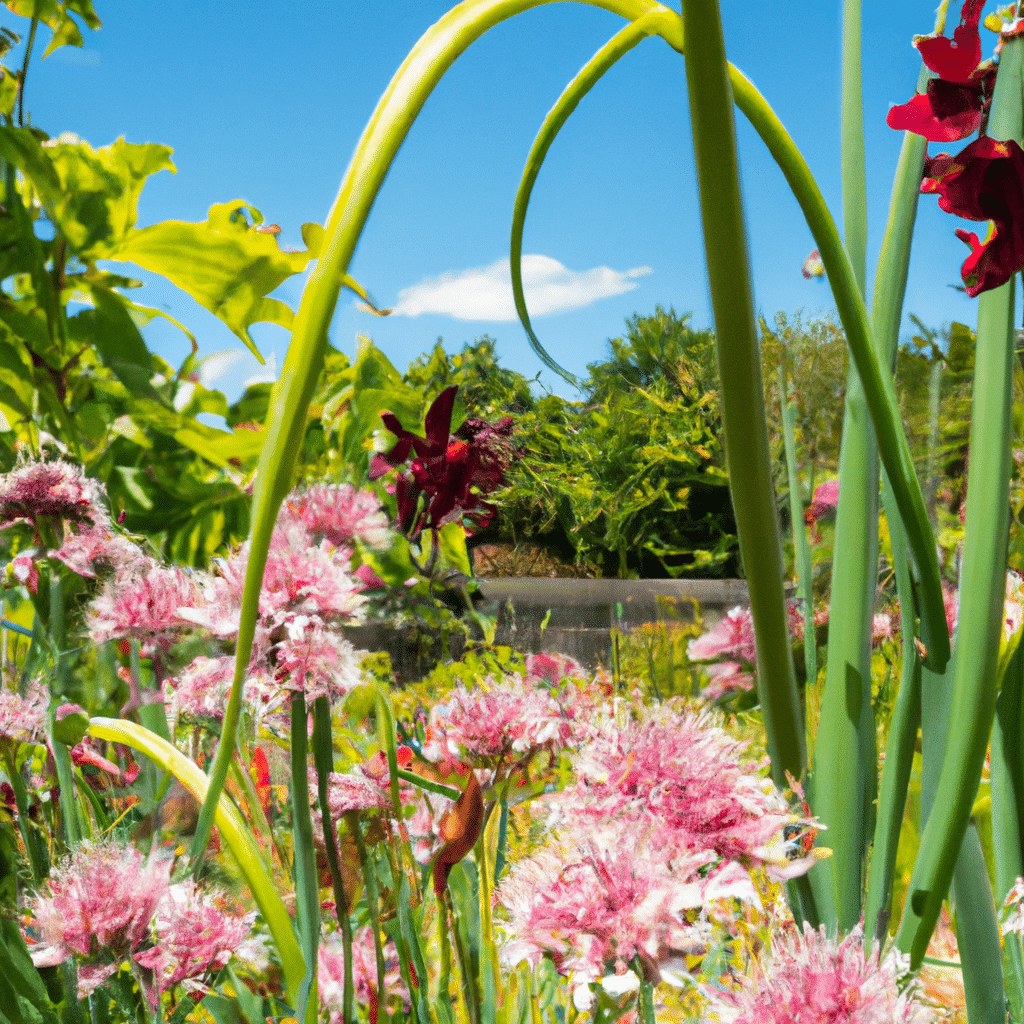In recent years, the concept of agroforestry has gained significant attention as a sustainable farming practice that helps combat climate change. By integrating trees into agricultural landscapes, agroforestry not only enhances biodiversity but also provides multiple ecosystem services. In this article, we delve into the rise of agroforestry and explore how this innovative farming approach can contribute to mitigating the impacts of climate change.
Understanding Agroforestry
Agroforestry is an ancient practice that involves the intentional integration of trees with crops and/or livestock within the same land area. It is a holistic approach that recognizes the interconnectedness of the natural environment and seeks to optimize land use efficiency. Agroforestry systems can vary widely, ranging from simple arrangements of scattered trees to more complex designs with specific spatial arrangements.
Benefits of Agroforestry
1. Climate Change Mitigation
One of the primary advantages of agroforestry is its potential to sequester carbon dioxide (CO2) from the atmosphere. Trees are known for their ability to capture and store carbon, thus acting as natural carbon sinks. By incorporating trees into agricultural landscapes, agroforestry systems can significantly contribute to reducing greenhouse gas emissions and mitigating climate change.
2. Soil Conservation and Improved Soil Health
Agroforestry practices help prevent soil erosion by protecting the soil surface from wind and water erosion. The presence of trees also enhances soil fertility through the deposition of leaf litter, which acts as a natural mulch, enriching the soil with organic matter. Furthermore, the deep roots of trees improve soil structure, allowing for better water infiltration and nutrient cycling.
3. Biodiversity Conservation
The integration of trees within agricultural landscapes promotes biodiversity by creating habitats for a wide range of plant and animal species. Trees provide shelter, food, and nesting sites for birds, insects, and other wildlife. Agroforestry systems also enhance the presence of beneficial insects and pollinators, contributing to the overall ecological balance of the farm.
4. Enhanced Resilience to Climate Change
Agroforestry systems are renowned for their ability to enhance the resilience of agricultural landscapes to climate change impacts. The presence of trees provides shade, reducing heat stress on crops and livestock during hotter periods. Trees also act as windbreaks, protecting crops from strong winds and minimizing damage. Additionally, the diversity of plant species in agroforestry systems helps protect against pest and disease outbreaks, reducing the need for chemical inputs.
5. Economic Benefits
Agroforestry can offer farmers diversified income streams. The inclusion of trees can provide additional products such as fruits, nuts, timber, and medicinal plants, which can be sold or consumed by the farmer’s household. Agroforestry systems can also reduce input costs by improving soil fertility and reducing water requirements, leading to higher yields and increased profitability.
Successful Agroforestry Case Studies
1. Alley Cropping
Alley cropping is a popular agroforestry system where rows of trees are planted alongside rows of crops. The trees provide shade, reducing competition for light and water, thereby enhancing crop productivity. A notable case study in Kenya demonstrated how alley cropping with nitrogen-fixing trees improved soil fertility, increased maize yields, and reduced farmers’ reliance on synthetic fertilizers.
2. Silvopasture
Silvopasture is an agroforestry system that combines livestock grazing with the presence of trees. Trees offer shade and shelter to livestock, reducing heat stress and improving animal welfare. Studies from Brazil have shown that silvopasture systems increased livestock productivity and reduced the need for supplementary feed, leading to economic benefits for farmers.
3. Forest Farming
Forest farming involves cultivating non-timber forest products, such as mushrooms, medicinal plants, and fruits, under the canopy of existing forests or in newly established forests. A successful example of forest farming is the cultivation of ginseng in the United States. Forest-grown ginseng is highly valued in the market, providing an alternative income source for farmers while promoting forest conservation.
Conclusion
Agroforestry is a powerful tool in the fight against climate change. By integrating trees with crops and/or livestock, agroforestry systems offer numerous benefits, including climate change mitigation, soil conservation, biodiversity conservation, enhanced resilience to climate change, and economic opportunities for farmers. As we continue to face the challenges posed by climate change, agroforestry provides a sustainable and resilient approach to agriculture that can help shape a greener future for our planet.



